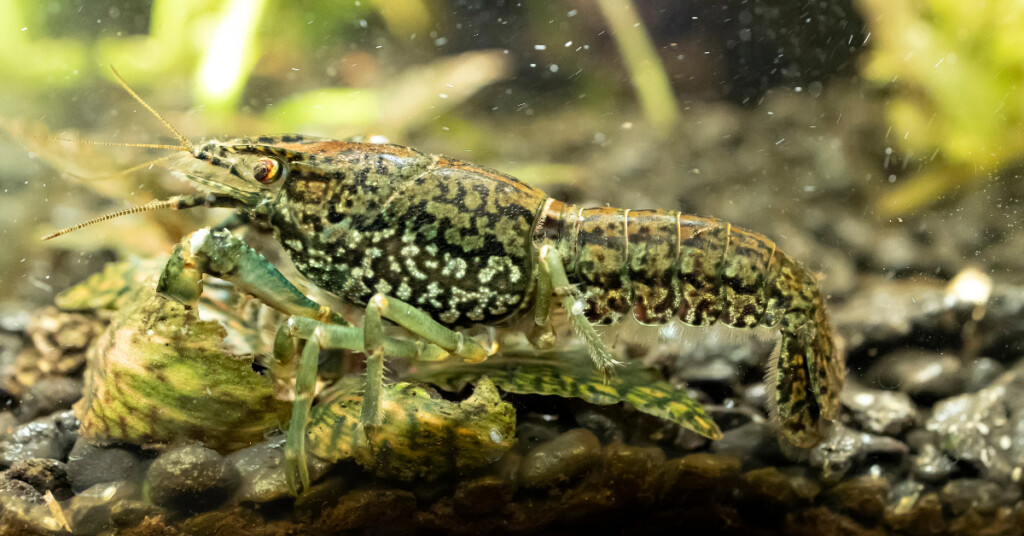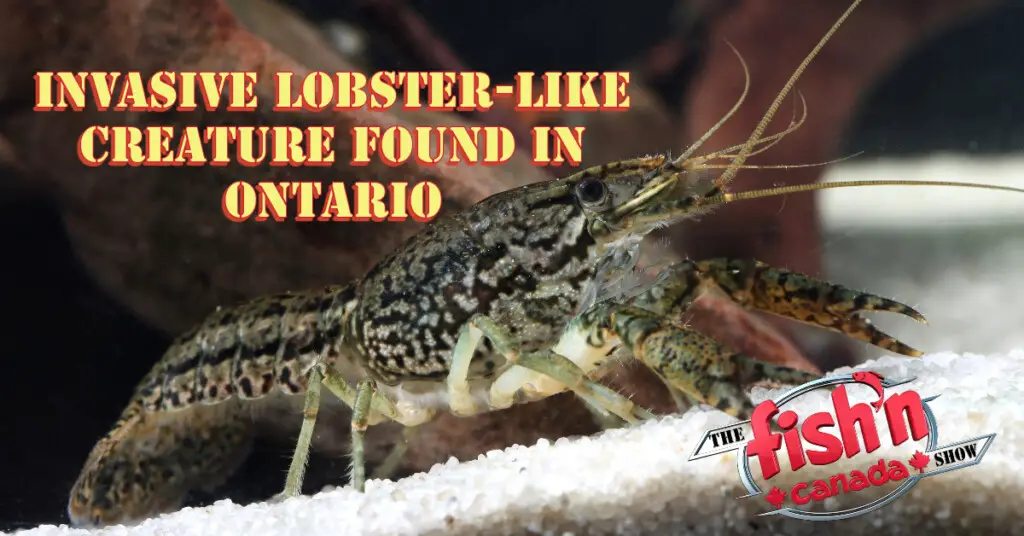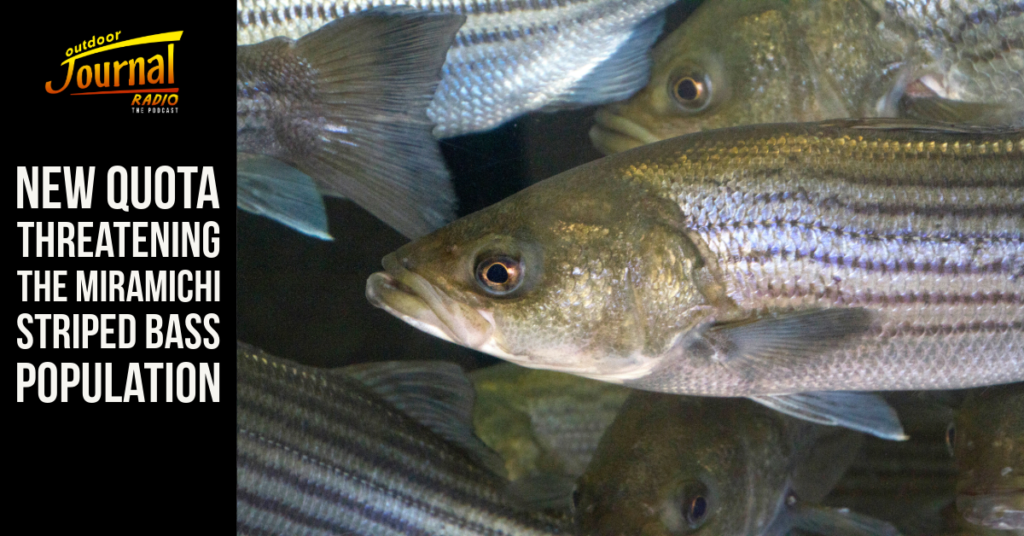An invasive species resembling aliens in appearance, known as the marbled crayfish, is rapidly spreading throughout lakes, ponds, and waterways across the continent. This species has already made its presence known right here in Ontario.
The marbled crayfish, scientifically named Procambarus virginalis, may seem ancient, but it’s surprisingly young. It originated in the aquarium trade back in 1995 before making its way into natural environments. This peculiar creature came into being due to a freak mutation in a single animal, enabling it to self-clone. Fast forward nearly three decades, and it’s now a major threat to aquatic ecosystems in Europe and North America.
These all-female crayfish, resembling lobsters but smaller and with a grey, marbled appearance, pose a significant danger to local ecosystems due to their rapid self-replication. Through asexual reproduction, a single marbled crayfish can establish massive populations with exponential growth. One crayfish can produce hundreds of offspring each time it reproduces. These offspring, also all-female, continue the cycle, resulting in an overpopulation that can clog waterways.
This alarming spread reached Ontario earlier this summer, confirmed by Canada’s Ministry of Natural Resources and Forestry (MNRF). A marbled crayfish was found in a pond in the Burlington, Ontario area, marking the first wild discovery of the species in the country. The MNRF is actively collaborating with partners to protect Ontario’s habitats and biodiversity from this invasive species.

The marbled crayfish is the only decapod crustacean that reproduces asexually, with the all-female species making clones of itself from eggs unfertilized by sperm
While initially introduced as aquarium pets, marbled crayfish fall under the more than 30 regulated invasive species controlled by the Invasive Species Act. This means it’s illegal to import, possess, release, transport, breed, buy, or sell them in Ontario, including their use as aquarium pets. They are often sold under different names, such as self-cloning crayfish or marmorkrebs.
The MNRF is particularly concerned about the rapid spread of these aquatic invaders, emphasizing that their swift reproduction negatively impacts Ontario’s native crayfish populations through competition for food and habitat. Native crayfish species are already suffering in some parts of the province due to the introduction of another invasive species, the rusty crayfish.
Beyond crayfish, marbled crayfish can disrupt local biodiversity further down the food chain by consuming algae, plants, invertebrates, and amphibians. This could have far-reaching consequences for our ecosystems.
The MNRF is urging the public to report marbled crayfish sightings in the wild by calling the toll-free Invading Species Hotline at 1-800-563-7711 or reporting online using EDDMapS. Let’s work together to protect our natural habitats from this invasive threat.








